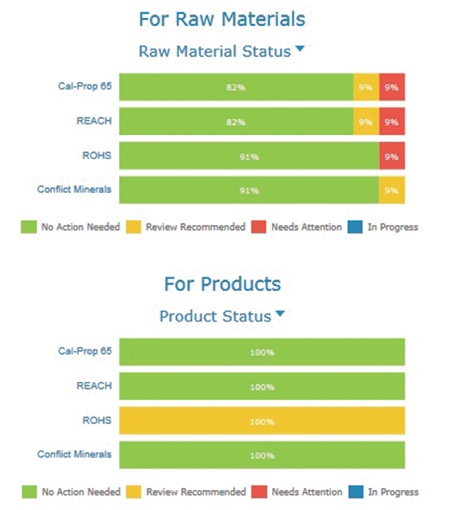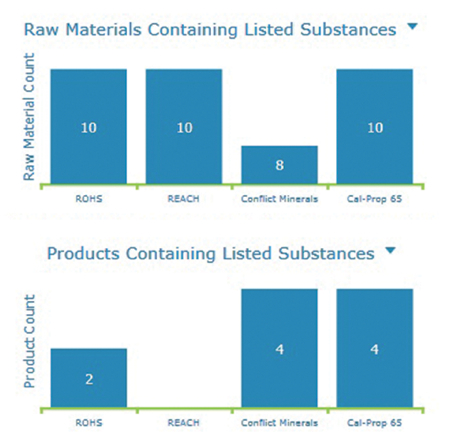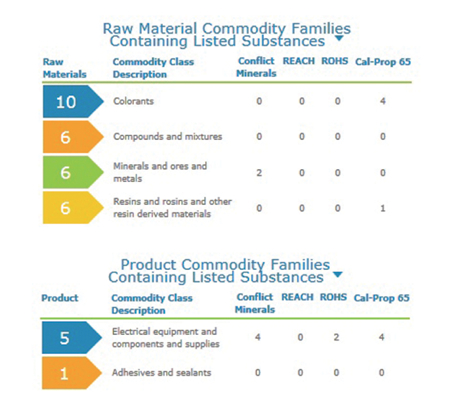The Core Problem
For many years, the United Nations, the United States and many international organisations have been concerned about the extreme levels of violence used by armed groups in the Democratic Republic of the Congo (the DRC). According to Tulane University’s analysis (A Critical Analysis of the SEC and NAM Economic Impact Models and the Proposal of a Third Model, 17 October 2011), 5.4 million people have died in the DRC during the last 15 years owing to armed conflict. These rogue military forces have been able to control many of the natural resources of the region, and are thus using the proceeds from the minerals trade to fund the violence.
The governmental, industry and international efforts described in this article all have the goal of getting the money out of the hands of the rogue military forces and back into the hands of the workers and society, which, according to the World Bank, is more than 70% impoverished, despite the country’s rich resources.
The US Law
Global regulation on the issue is so far limited to the United States, which passed the Dodd Frank Wall Street Reform and Consumer Protection Act of 2010 (the Dodd Frank Act), with Section 1502 of that Act pertaining to Conflict Minerals. The law pertains to companies that are listed with the Securities and Exchange Commission (SEC) under Sections 13(a) or 15(d), which is almost every publicly traded company in the United States that manufactures products — or contracts to manufacture products — that contain any of the four specified minerals that are ‘necessary to the functionality or production’ of their products.
The law says that these companies must investigate if the conflict minerals in their products originated in the Covered Countries, which are the DRC or any of its nine adjoining countries. Implementation of the US law began this year, and many affected companies have begun investigating their supply chains to discover facts such as the facilities and mine of origin of the minerals used in their products.

Figure 2
Court Challenge to the US Law
There has been some controversy regarding the SEC’s implementation of the US law. The US Chamber of Commerce, the National Association of Manufacturers and the Business Roundtable petitioned the US Court of Appeals for the District of Columbia Circuit to review the SEC’s interpretation of the law, requesting “that this rule be modified or set aside in whole or in part”. If this petition were successful, it would mean that the SEC would have to modify the rules regarding the implementation of Section 1502 of the Dodd Frank Act.
Impact on Private, International and Other Public Companies
Although the law only applies to publicly traded companies that manufacture or contract to manufacture products, it has a much wider impact. Private and international suppliers, distributors, importers, etc. will have to field information requests from the companies subject to the law. Affected companies are required to seek and obtain reasonably reliable representations from their suppliers regarding the facility used to process the minerals and the country of origin of the minerals.

Figure 3
EU and Canada Next?
The European Union and Canada may soon join the United States in requiring certain companies to perform due diligence to investigate whether minerals that are used in their products originated in conflict-affected or high-risk areas. The EU is considering modelling its own regulation on of the US Act, and has also looked to the Organization for Economic Co-operation and Development (OECD) guidance that was published on the same topic in 2011. On 27 March 2013, the EU Directorate-General for Trade announced a public consultation on a possible EU initiative on responsible sourcing of minerals originating from conflict-affected and high-risk areas. Many of these minerals end up in products sold to European consumers, although the EU says that few companies, States or consumers are aware of the extremely violent source.
The EU has opened a public questionnaire to get interested parties’ views on a potential EU initiative for the responsible sourcing of minerals. The EU consultation’s questionnaire asks such questions as whether an EU initiative should target specific segments in the mineral supply chain, and whether such an initiative should include exemptions for small and medium-sized enterprises (SMEs). It also asks whether an EU conflict minerals initiative should follow the EU Timber Regulation (Regulation [EU] No. 995/2010) by requiring that the entity first placing a selected mineral (processed or not) on the EU market must provide evidence of due diligence, thereby giving reasonable assurance that its supply chain is conflict-free.
The Commission indicated that it will use the results of the questionnaire to help it decide whether — and “how in a reasonable and effective manner” — to complement and/or continue ongoing due diligence initiatives and support for good governance in mineral mining, especially in developing countries affected by conflict.
Another leader on such global issues, Canada is also considering a so-called “private member’s bill” that would ensure Canadian companies are not using conflict minerals in their supply chain. Bill C-486 was introduced on 26 March 2013, addressing corporate practices related to the extraction, processing, purchase, trade and use of conflict minerals from the Great Lakes Region of Africa. The author introduced a similar bill in 2010, which would have created a due diligence mechanism for Canadian companies to ensure that they are not purchasing minerals that finance conflicts. However, private member’s bills in Canada are allocated restricted time for consideration and few become law.

Figure 4
International and Industry Responses
Outside of government regulation, many industry and international groups have led efforts to address the core problem of funding violence in the DRC, and to assist compliance efforts with the existing regulation. These include the following:
- The Organization for Economic Co-operation and Development (OECD) Due Diligence Guidance for Responsible Supply Chains of Minerals from Conflict-Affected and High-Risk Areas has a special role in the US law as it is recognised in the Final Rule as the only known international guide for due diligence practices.
- Electronic Industry Citizenship Coalition (EICC) and the Global e-Sustainability Initiative (GeSI) developed the Conflict Free Smelter Program, which helps compliance efforts by listing compliant smelters.
- The Conflict-Free Tin Initiative (CFTI) was formed under Dutch leadership to form a conflict-free tin-sourcing programme in the South Kivu province of the DRC. Motorola, RIM, Royal Philips Electronics and Alpha are some of the companies committed to participating.
- The International Conference of the Great Lakes Region (ICGLR) of Africa is an inter-governmental organization that has lead efforts to stabilise the Eastern Part of the DRC and other States affected by the crisis. The ICGLR Regional Certification Mechanism is still in development with the aim to be integrated into national law of the member states. The ICGLR was also a partner in the writing of the OECD’s Due Diligence Guidance.
- Solutions for Hope, created by Motorola, is a pilot initiative to source conflict-free tantalum from the DRC. Nokia, RIM, Intel, Motorola and HP are some of the companies that signed on to participate.
- The ITRI Tin Supply Chain Initiative (iTSCi) is a joint initiative that assists upstream companies to institute the actions, structures and processes necessary to conform to the OECD Due Diligence Guidance. According to the iTSCi website, “iTSCi explicitly focuses on the practical implementation of a chain of custody system (traceability) from mine to smelter, and is designed for use by private sector operators”.
- The German Federal Institute for Geosciences and Natural Resources works with the DRC Ministry of Mines to develop a mineral certification programme.
